Women of the Constitution
Wives of the Signers
Janice E. McKenney
A Project of the District of Columbia Daughters of the American Revolution

THE SCARECROW PRESS, INC.
Lanham Toronto Plymouth, UK
2013
Published by Scarecrow Press, Inc.
A wholly owned subsidiary of The Rowman & Littlefield Publishing Group, Inc.
4501 Forbes Boulevard, Suite 200, Lanham, Maryland 20706
www.rowman.com
10 Thornbury Road, Plymouth PL6 7PP, United Kingdom
Copyright 2013 by the District of Columbia Daughters of the American Revolution
All rights reserved . No part of this book may be reproduced in any form or by any electronic or mechanical means, including information storage and retrieval systems, without written permission from the publisher, except by a reviewer who may quote passages in a review.
British Library Cataloguing in Publication Information Available
Library of Congress Cataloging-in-Publication Data
McKenney, Janice E., 1942
Women of the Constitution : wives of the signers / Janice E. McKenney.
p. cm.
A Project of the District of Columbia Daughters of the American Revolution.
Includes bibliographical references and index.
ISBN 978-0-8108-8498-4 (cloth : alk. paper) ISBN 978-0-8108-8499-1 (ebook)
1. United States. ConstitutionSignersBiography. 2. Statesmens spousesUnited StatesBiography. 3. United StatesHistory17831815Biography. 4. United States. Constitutional Convention (1787). 5. Founding Fathers of the United States.
I. Daughters of the American Revolution. District of Columbia. II. Title.
E302.5.M35 2013
973.099dc23
[B] 2012024619
 The paper used in this publication meets the minimum requirements of American National Standard for Information SciencesPermanence of Paper for Printed Library Materials, ANSI/NISO Z39.48-1992. Printed in the United States of America
The paper used in this publication meets the minimum requirements of American National Standard for Information SciencesPermanence of Paper for Printed Library Materials, ANSI/NISO Z39.48-1992. Printed in the United States of America
This product is sold solely by the District of Columbia Daughters of the American Revolution, Inc. It was not created, manufactured, produced, compiled, reviewed, or approved by, and is not endorsed by, the National Society of the Daughters of the American Revolution (NSDAR) or its National Board of Management (National Board), and neither the NSDAR nor the National Board makes any warranty or representation as to the authenticity, quality, or accuracy of this product.
Preface
Thirty-nine men signed the Constitution in 1787. At the time, twenty-six of them were married. Four were widowed, and six had yet to marry for the first time. Abraham Baldwin of Georgia, Daniel of St. Thomas Jenifer from Maryland, and Nicholas Gilman of New Hampshire never married at all. Several of the signers married more than once, as did at least five of their wives. In all, the stories of forty-three wives are related here.
This book consists of essays on each of the wives, as well as vital statistics, where known: name, birth, parents names, marriages, children, and death. A brief documented biography follows, after which a bibliography is given. If the subject of the essay left any letters or other papers, the location is noted at the beginning of the bibliography. The bibliographies generally refer to published works, although dissertations are sometimes cited; the endnotes, however, often include archival material containing some reference to the individual.
An appendix lists the residences associated with the wives of the signers, including references to websites containing photographs and additional information.
The biggest difficulty in preparing this publication was source material. For some wives, such as Dolley Madison and Martha Washington, many biographies have been published, creating problems in reducing the essays to a size comparable to other entries. And for someElizabeth Garnett Bassett and Rebecca Call Gorham, for examplethere are almost no extant sources. Perhaps future researchers will uncover unexplored papers hidden in libraries or archives that will shed further light on the lives of these women.
The lives of these women spanned about 150 years, from the turn of the eighteenth century and the birth of Deborah Read Rogers Franklin to the middle of the nineteenth century and the death of Elizabeth Schuyler Hamilton. Management of their homes and families was the mainstay of their existence. Most had middle- or upper-class backgrounds, were fairly well educated for the time, and fulfilled their roles admirably. In an age when girls often married young, the average age of first marriage for these women was twenty-three. The youngest bride, Mary Alsop King, was only sixteen, but at least six were over thirty.
Only four wives were childless, and three of those women were older, second wives. Susannah French Livingston bore the most childrenthirteenbut the average number of offspring per wife was a little over five. However, only about two-thirds of these children survived to adulthood. Indeed, two of the womenElizabeth Higbee Brearley and Martha Dandridge Custis Washingtonoutlived all of their offspring. Death from childbirth was far from uncommon, affecting at least six of the forty-three wives and perhaps shortening the lives of others. Despite deaths in childbirth, the average age at death of these women was about fifty-nine. The youngest to die were Maria Apthorp Williamson at twenty-three and Mary Laurens Pinckney at twenty-four, both in childbirth. The last survivor of these wives, Eliza Hamilton, was the longest-lived; she died at ninety-seven, almost a hundred years after the death of Elizabeth Hartwell Sherman.
In an age when women were subject to their husbands, what, if anything, did these women contribute? As previously stated, management of the home and family was paramount and even more important to the signers because of the many separations necessitated by war and public service. To cite a popular example, without the management of the family finances and business ventures by Debby Franklin, it is unlikely that her husband, Benjamin, would have been able to spend so much time in public pursuits. Mary Middleton Butler, Mary Norris Dickinson, Sarah Middleton Pinckney, and Martha Washington all brought considerable wealth to their husbands and families. Ann Ennals Bassett brought religion, in the form of Methodism, influencing her husband to give up strong drink and free his slaves. George Clymer, Thomas Fitzsimons, and Rufus King all inherited much of the family businesses from their fathers-in-law. And a fewKing, William Few, and Hugh Williamsonchanged their residences to that of their wives. For the most part, given the available records, the marriages appear to have been solid. Even Eliza Hamilton never lost faith in her husband, who was not always faithful to her.
Note
1. Mary Beth Norton, Libertys Daughters: The Revolutionary Experience of American Women , 17501800 (Cornell, N.Y.: Cornell University Press, 1996); page 72 states that white women could expect to bear five to seven live children.
Acknowledgments
This project, which languished for many years, was originally begun by the District of Columbia Daughters of the American Revolution (D.C. DAR) during the administration of 19881990 state regent Damitra Meeds to commemorate the bicentennial of the signing of the Constitution. Much appreciation is given to Mrs. Meeds for her great interest and support in promoting the project despite the passage of so many years.
I would like to express my gratitude to Shari K. Thorne-Sulima, 20102012 state regent, whose state regents project assisted with the publication of this book. Thanks also to each of our D.C. DAR honorary state regents who have nurtured its production through the years: Damitra Meeds, Bertha Clark, Doris French, Margaret Brewer, Veronica Miller, Martha Hilton, June Miller, Barbara Taylor, Margaret MacKenzie, Marlene Taggart, Adele Bowyer, and Priscilla Baker.

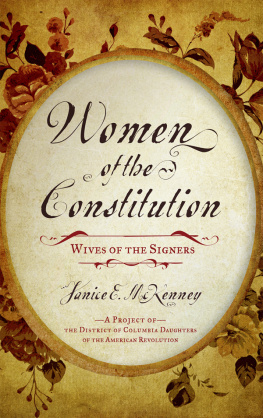
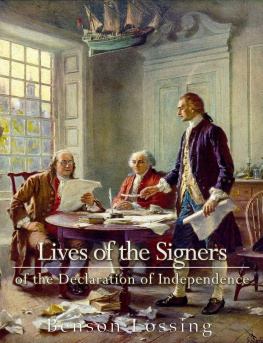


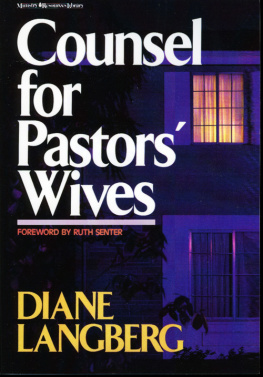
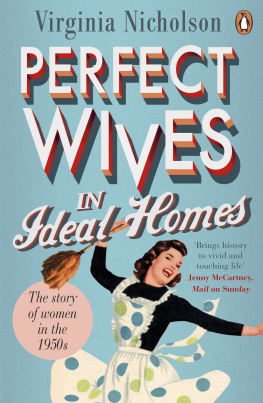

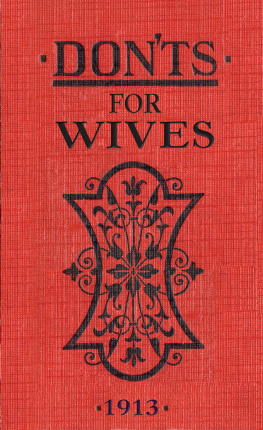
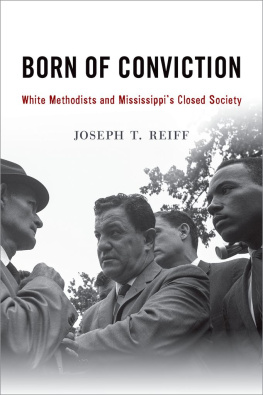

 The paper used in this publication meets the minimum requirements of American National Standard for Information SciencesPermanence of Paper for Printed Library Materials, ANSI/NISO Z39.48-1992. Printed in the United States of America
The paper used in this publication meets the minimum requirements of American National Standard for Information SciencesPermanence of Paper for Printed Library Materials, ANSI/NISO Z39.48-1992. Printed in the United States of America